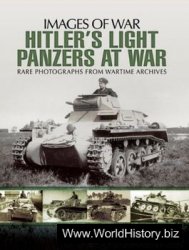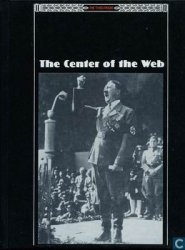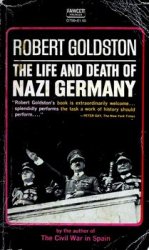Problems of investigation, as well as the way in which scientists approach them, are intimately bound to the selection of theoretical frameworks. In South America, several conceptual currents have been popular along time: diffusionism, processualism, and post-processualism, among others (Table 1). Their characteristics are briefly summarized below:
The main objective of diffusionist investigations was to provide spatial, chronological, and technological orderings of past cultural groups. As a consequence, archaeologists coined several concepts such as ‘phase’, ‘horizon’, ‘cultural area’, or ‘industry’ to describe them. Within a normative idea of culture, people were defined as bearers of fixed cultural characteristics. In general, identification of cultural traits in the archaeological record led to the recognition of different identity groups. Moreover, transformations in objects were explained as results of specific mechanisms which spread cultural features from nuclear centers - where they were invented - to marginal areas.
Diffusionism in historical archaeology was associated with investigations which classified findings according to biological criteria (European, aboriginal, African, or ‘mestizo’ artifacts), or ended up justifying - even in an explicit manner - European conquest through the use of concepts such as ‘acculturation’. As Charles Orser Jr. stated, diffusionist perspectives thought of archaeology as an appropriate tool to help history. In this way, numerous researchers accounted for things recovered in archaeological sites and did not propose larger discussions. It was characteristic of diffusionism to present exhaustive descriptions of artifacts and structures found in excavations. This was considered the only way to insert archaeological sites within previously defined culture-history sequences.
In the 1980s, investigations in historical archaeology turned to use different processualist models, such as Stanley South’s ‘pattern recognition’, Susan Spencer Wood’s ‘consumer choice’, or Pam Cressey and John Stephens’ ‘city-site’ approaches. On the other hand, post-processualist ideas became popular in the late 1990s - for instance, Mark Leone, Randall McGuire, and Robert Paynter’s neomarxist models, or Ann Yentsch’s proposals for the analysis of gender.
There are some historical archaeologists who, despite taking into account world theoretical contributions, prefer to generate their own conceptual frameworks to deal with the conformation of local societies. In this respect, it is relevant to distinguish the efforts made by some South American researchers, such as Pedro Funari, Tania Andrade Lima, Marcos
Table 1 Development of main theoretical frameworks in South American historical archaeology
|
Time span |
Theoretical Framework |
Place of birth |
Main idea |
Some other features |
|
1970... |
Diffusionism |
Europe |
Diffusion centers |
Diffusionism is associated with the process of European colonization (acculturation) and its justification |
|
1980... |
Processualism |
USA |
Universal laws of behavior. One and only real past |
Processualism keeps on looking for universal patterns of behavior (now inside European society) |
|
1990... |
Postprocessualism |
Although its origins might be found in England, historical archaeology in South America uses North American authors as references for this theoretical framework |
Individual actions. Multiple and subjective pasts |
In most cases, postprocessualism has been aimed to propose critical analysis of difference and exploitation inside first world societies |
It is necessary to make it clear that marks next to dates indicate coexistence of different theoretical currents along time. Nowadays, although investigations in historical archaeology generally adhere to a normative and traditional conception of archaeology, the three conceptual frameworks presented in this table coexist at the same time.
Abuquerque, Veleda Lucena, Luis Symanski, Maria Ximena Senatore, Carmen Curbelo, Marcos Torres de Souza, Andres Zarankin, and Monika Therrien.




 World History
World History









